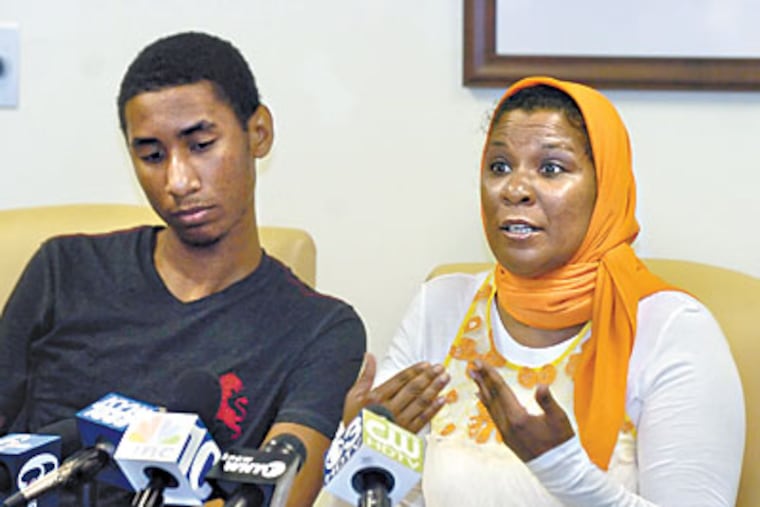Second suit over Lower Merion webcam snooping
The letter from Lower Merion school administrators delivered the news three weeks ago - her son had been secretly monitored by the webcam on his school-issued laptop. But only when Fatima Hasan saw the evidence did the scope of the spying on her son Jalil become apparent.
